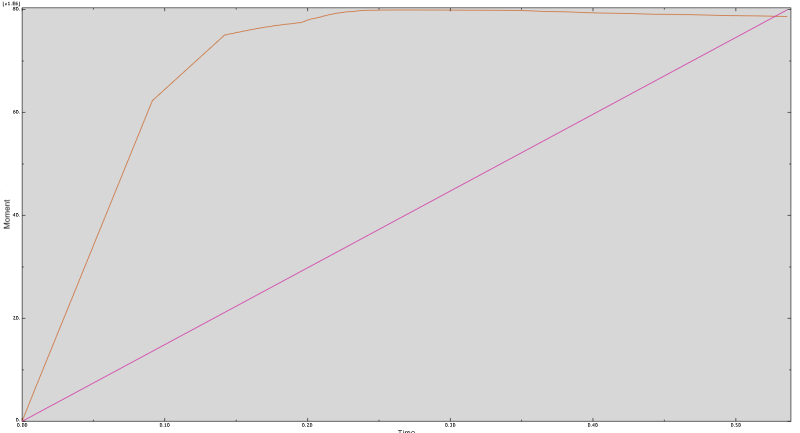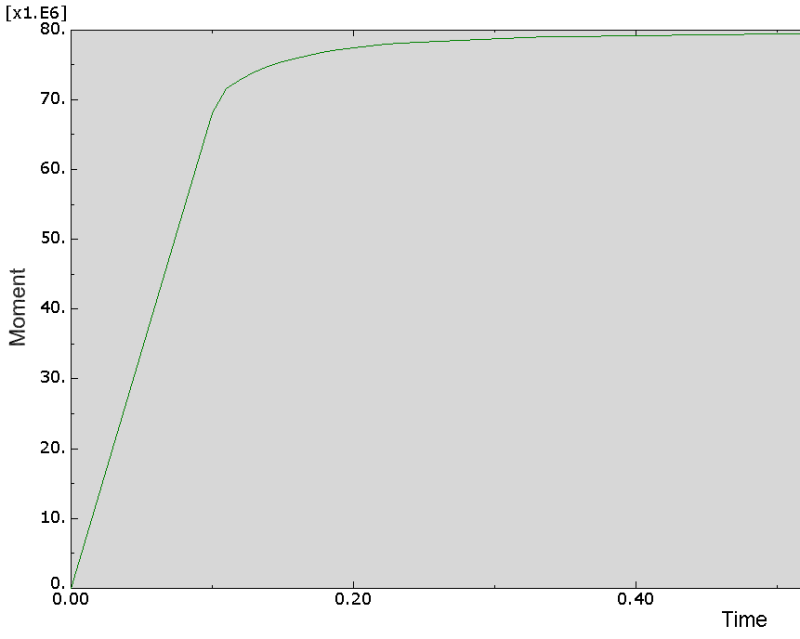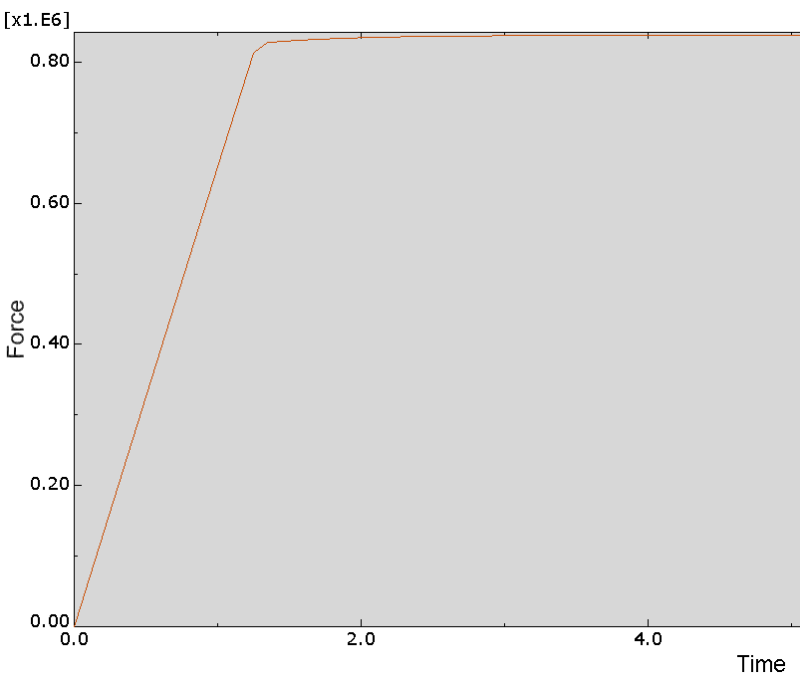MatthewM23
Structural
I am trying to model an open thin walled square beam (as a control) under pure bending in abaqus to validate some research. I have set the material properties up to replicate perfectly plastic behaviour but my results for the Moment at the reference node vs. displacement are those shown in the attached image. Theoretically I should be getting as close as is possible to one sharp kink and taper, however it appears I am getting multiple kinks and a much higher ultimate capacity than what is theoretically predicted.

Any idea how I might rectify this?
I have performed the analysis by creating a step in the boundary conditions at the two reference nodes at either end of the beam (imposing a rotation).
Also when I probe a cut of the section the stress values on the top and bottom of the beam are much higher then the maximum stress at the top of the linear stress distribution on the side walls - can someone explain this?

Any idea how I might rectify this?
I have performed the analysis by creating a step in the boundary conditions at the two reference nodes at either end of the beam (imposing a rotation).
Also when I probe a cut of the section the stress values on the top and bottom of the beam are much higher then the maximum stress at the top of the linear stress distribution on the side walls - can someone explain this?



